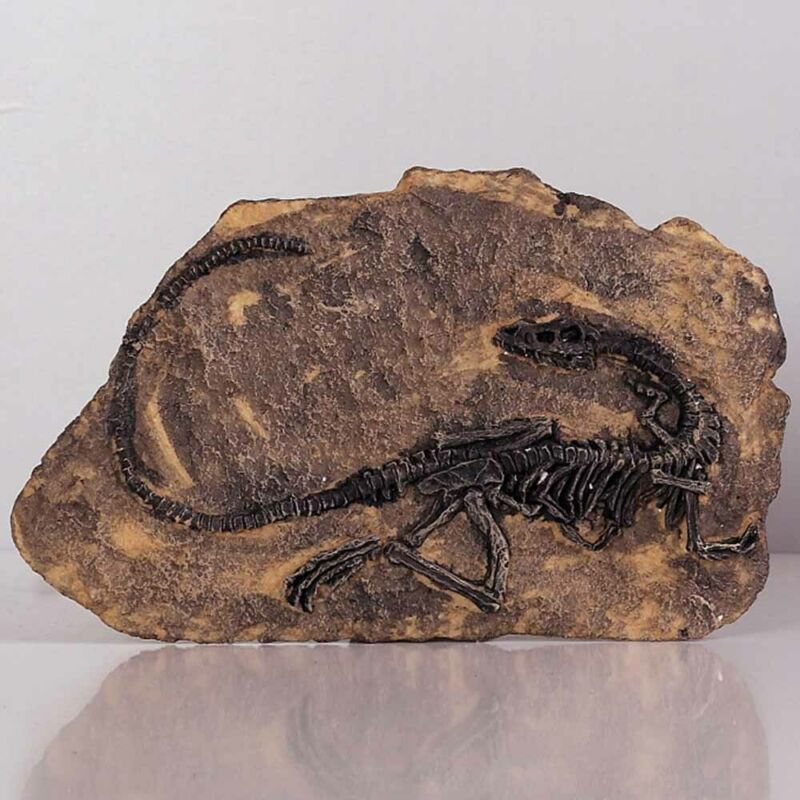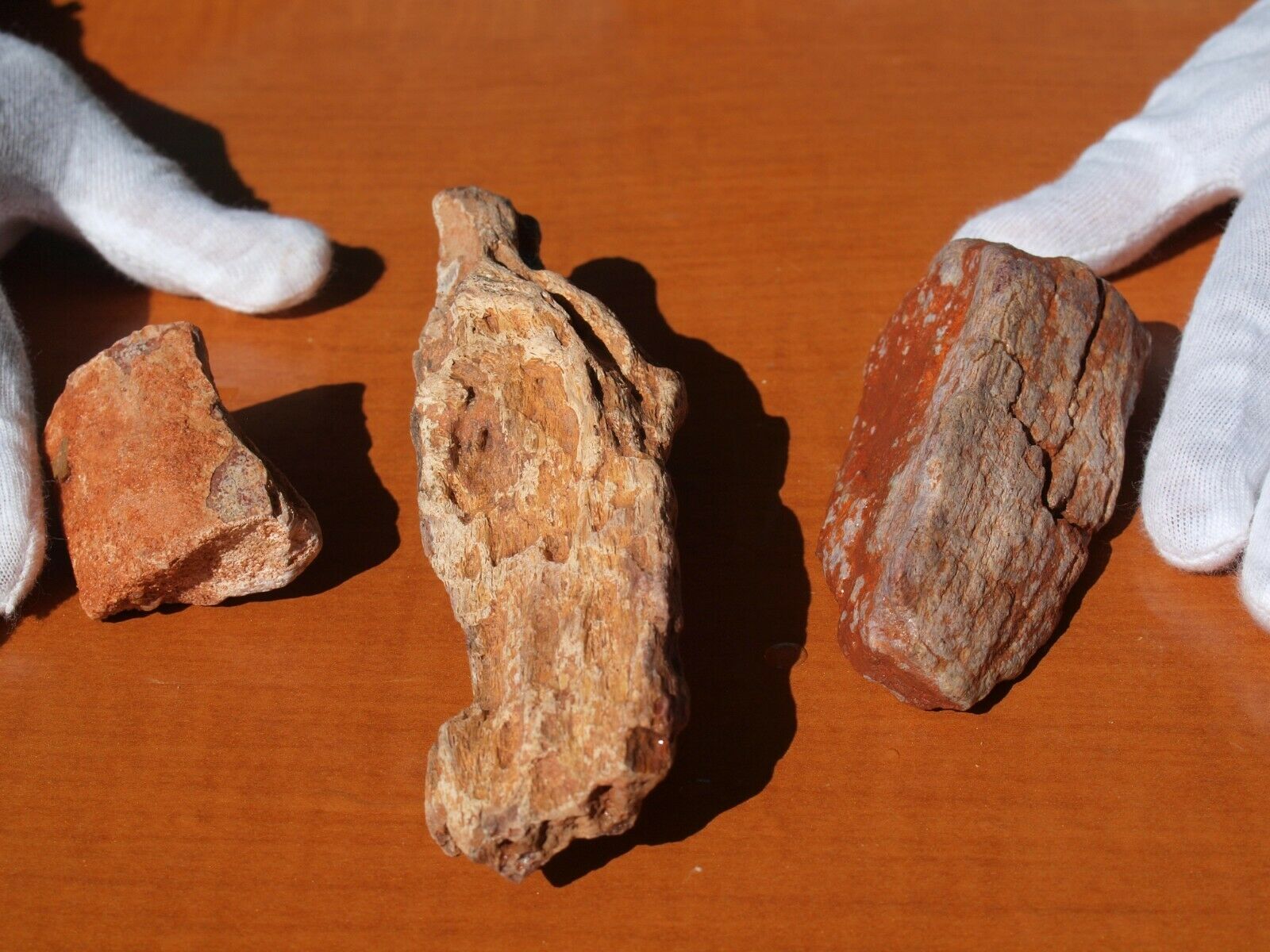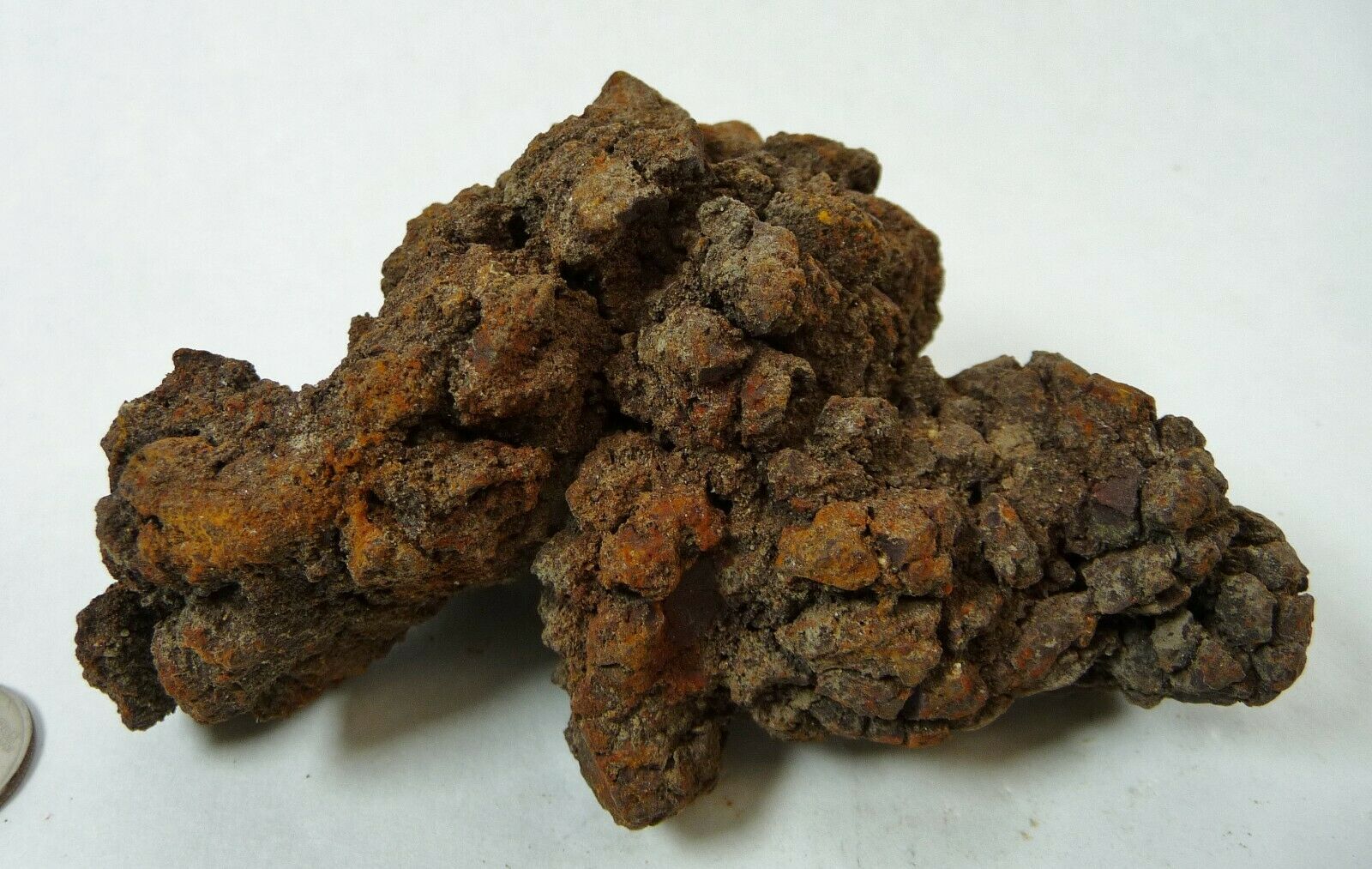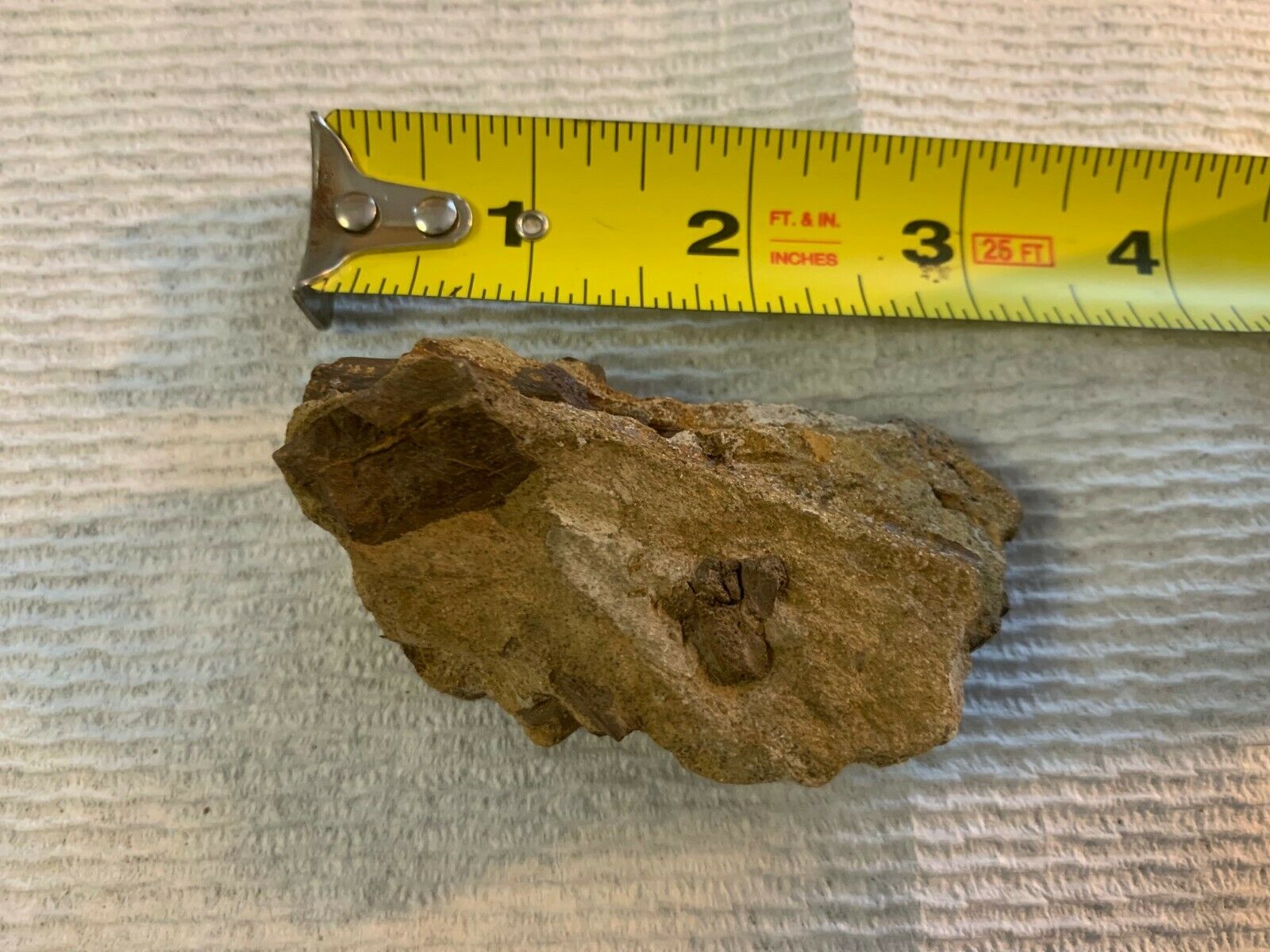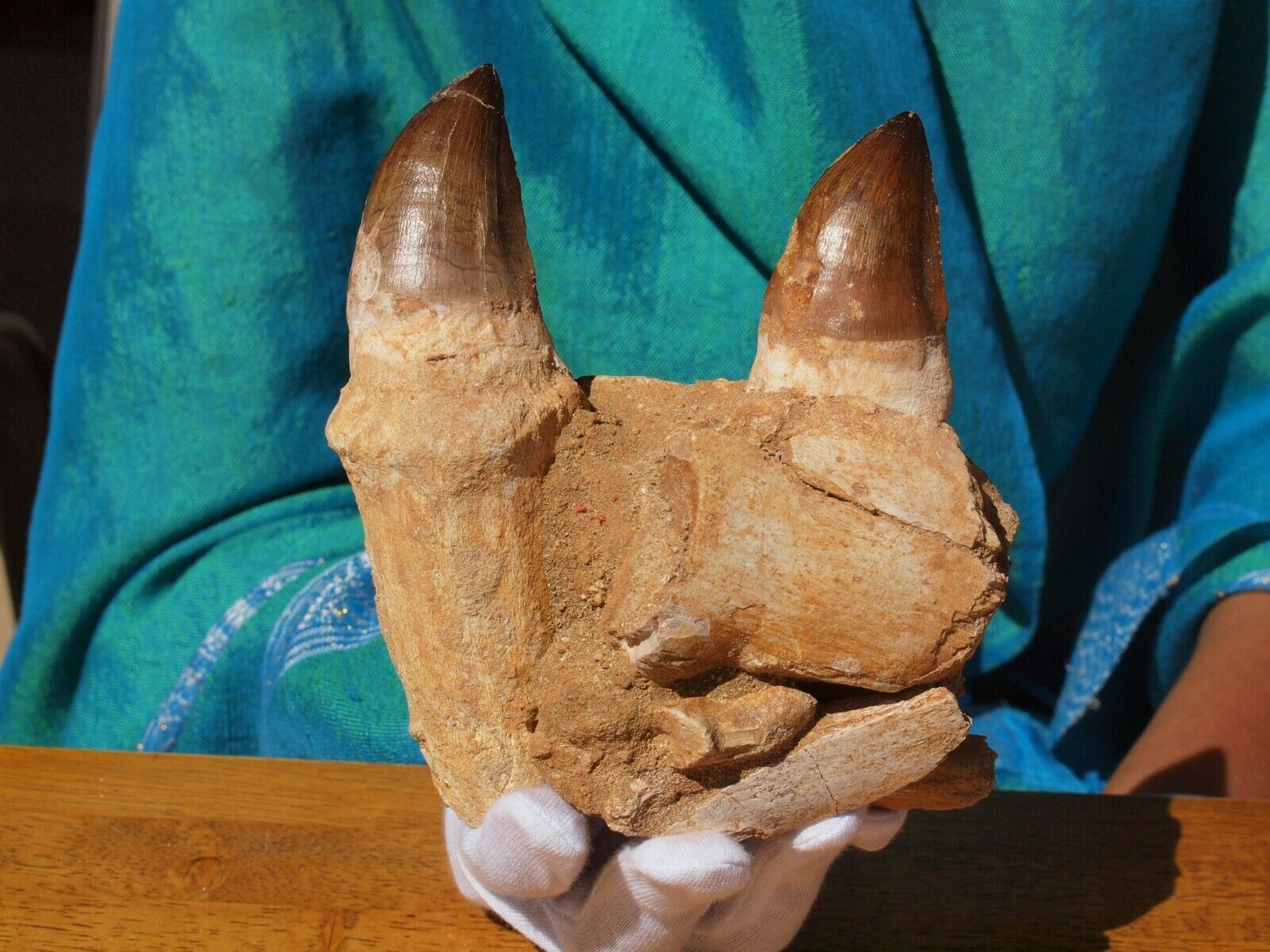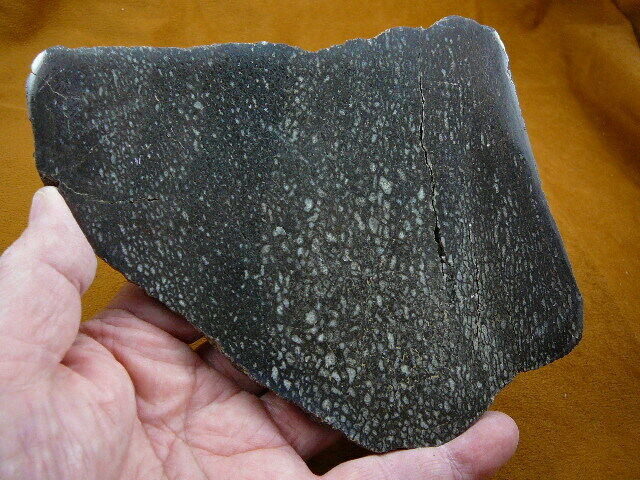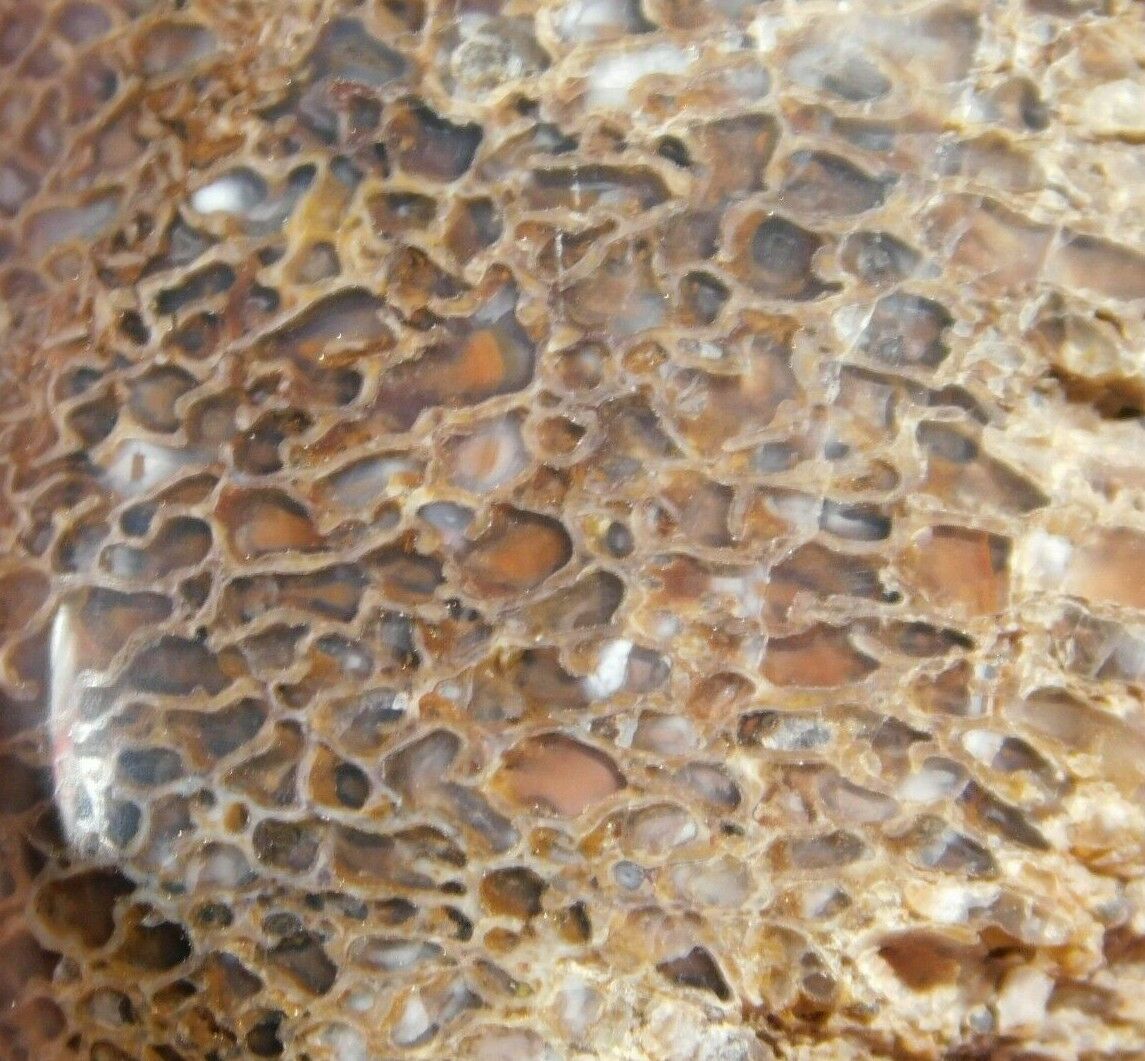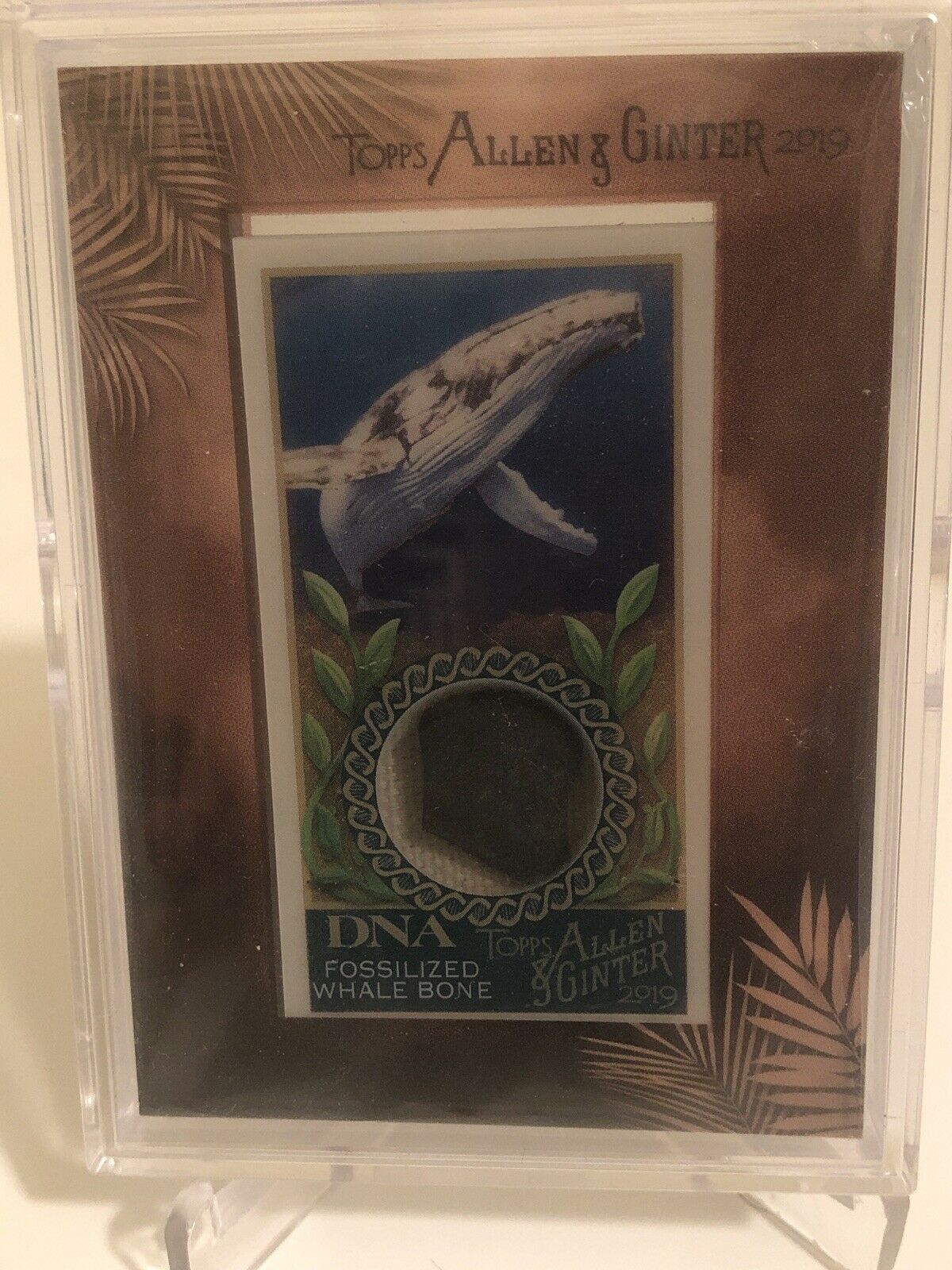-40%
Raised Fossil Grallator Dinosaur Footprint for Sale, Raised Jurassic Dino Track
$ 52.79
- Description
- Size Guide
Description
Age: 205-200 Million Years Old (Early Jurassic)Location: Connecticut River Valley, Connecticut
Ichnogenus: Grallator
Species: Unknown Theropod Dinosaur Species
Slab Size: 8” x 8” x 1”
Footprint Size: 4”x 4”
This impressive fossil dinosaur footprint made by a small, bird-like ornithischian dinosaur from the earth Jurassic!
This specimen is a raised impression, otherwise known as a “natural cast”. This process of fossilization occurs when a trace is made, quickly hardens, and is buried swiftly with fresh sedimentary deposits that harden within the true impression. Occasional when you split the rocks of this region, you can get both the positive and negative impressions. However in some cases, like this, only one side of the fossil impression survives. This specimen has been highlighted for easy viewing but can be easily washed off.
The footprints were discovered, amongst others, by a farm boy, Pliny Moody.
, a clergyman, described the
Grallator
footprints and others as evidence of ancient
birds
.
Grallator
is an ichnogenus (form taxon based on footprints) which covers a common type of small, three-toed print made by a variety of bipedal theropod dinosaurs.
Grallator
-type footprints have been found in formations dating from the Early Triassic through to the eArlingtonCretaceous periods. They are found in the United States, Canada, Europe, Australia, Brazil (Sousa and Santa Maria Formations) and China, but are most abundant on the east coast of North America, especially the Triassic and Early Jurassic formations of the northern part of the Newark Supergroup as well as the Connecticut River Valley.
The name
Grallator
translates into "stilt walker", although the actual length and form of the track-making legs varied by species, usually unidentified. The related term "Grallae" is an ancient name for the presumed group of long-legged wading birds, such as storks and herons. These footprints were given this name by their discoverer, , in 1858.






